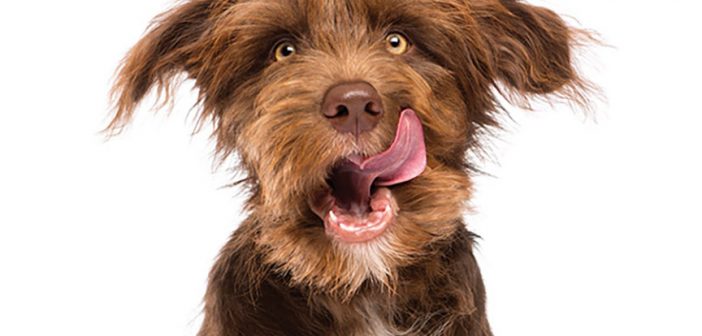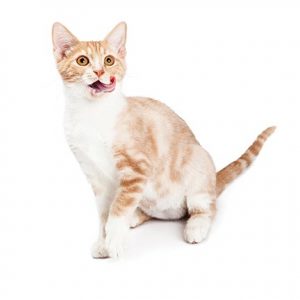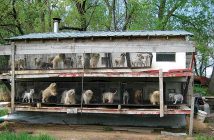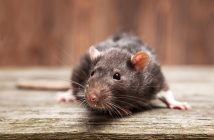by Aspen Anderson
In September, April Northstrom’s article, “Raw Food for Dogs. Is it Safe?” did a great job introducing the raw food diet, and confirming raw food for dogs is safe. Basic food safety rules eliminate most risk to humans. Her article also touched on the concern of a raw diet being unbalanced, which is a much more concerning question. It’s best to go with a commercially prepared raw diet that meets or surpasses AAFCO standards unless you are ready to read several books to make sure you are balancing everything from calcium to essential amino acids properly for each life stage of your pet.
Many people who switch their dog to a raw diet quickly see their pet enjoys a better quality of life, for a few key reasons. A raw diet of uncooked meat, vegetables, and supplements varies from kibble in three important ways:
Moisture: Before kibble was invented (a necessity brought on by a tin shortage in WWII), dogs ate canned meats, table scraps, and whatever they could hunt. There was no such thing as an indoor cat as they served the important function of keeping rodents away. For thousands of years, dogs and cats received the vast majority of the moisture their bodies required from what they could hunt.
With the move to kibble as the only socially acceptable form of pet food, dogs and cats moved from food that was 60 – 90% moisture to food that is only 10% moisture. Their bodies aren’t designed to digest this. To make the food soft enough for them to process, the moisture is pulled from their bodies, leaving them in a chronic state of dehydration and taxing their internal organs in the long term. This lack of moisture is why the top cause of death in cats is renal failure, a disease unheard of in the feral cat world. I always tell my students and customers that even if you change nothing else, adding water to kibble and letting it soak for a few minutes to soften the food is a great start to better health for your pet.
Digestive Enzymes: Digestive enzymes are a crucial part of the digestive process. The more you or your pet has, the more efficiently your body is going to be able to digest food. For humans, we eat a mixture of cooked and raw food, allowing our bodies to replenish these digestive enzymes. For dogs or cats on a kibble diet, this simply isn’t possible without supplementation. Digestive enzymes are fragile and can only exist up to 117° F. Kibble is cooked to at least 350°; canned food is cooked to well over 500° degrees in many cases. Without digestive enzymes helping things digest quickly, the body begins to slow down around 6 – 8 years old, leading to inflammation, Inflammatory Bowel Disease (IBD), weight gain, diabetes, and more. As the body is continually taxed, it becomes harder and harder to digest food.
Meat: Imagine feeding someone with a gluten intolerance a bagel for each meal for the first twenty years of their life. This is what we are doing to our pets, and the chronic diseases that are more and more common are evidence of that. Almost all kibbles on the market are loaded with corn, soy, and other fillers – mostly carbs. Even grain-free kibbles are loaded with peas, potatoes and other cheap fillers. These foods were designed to make profits; they were never designed for the long-term health of your pet. Dogs don’t chew their food, and they don’t have the digestive enzymes humans have in their mouths that start to break down carbs before they reach the stomach. They were designed to eat meat, plain and simple. Raw diets provide at least 80% meat, including muscle meat, organs, and other essential nutrients, usually of the highest quality, that promote the health of your pet.
It is these fundamental differences that make raw food work with your pet’s natural biological needs, not against them. That is why it is often called a species-appropriate diet. Many raw brands are family companies with less than ten employees, who have devoted their careers to providing good health to pets. They provide your pet hormone- and antibiotic-free grass-feed beef and free-range poultry, and non-GMO, organic and pesticide-free vegetables so you can feed your pet right. By feeding the clean, satisfying food that makes a raw diet so healthy for your pet, you can save yourself a lot of vet bills in the long run, and help them feel good at the same time!
Aspen Anderson holds a Master’s Degree in History and is a professional writer. She has worked in the raw pet food industry for two years and recently opened an all-natural pet store with her husband. Desert Raw Holistic Pet is located in Foothill Village and provides raw, canned, and kibble options as well as a vast array of supplements, treats, pet supplies and boutique items.





